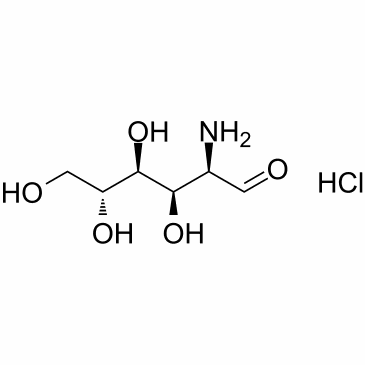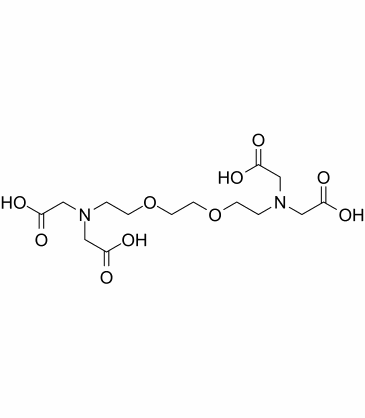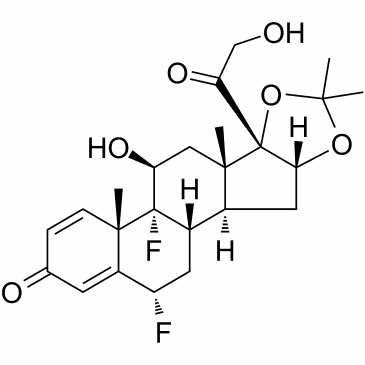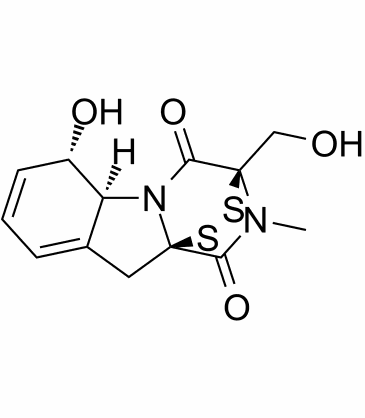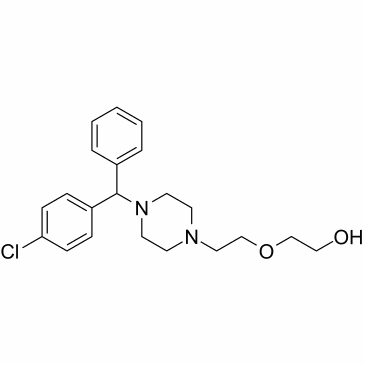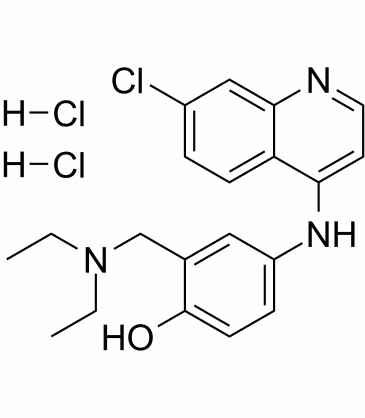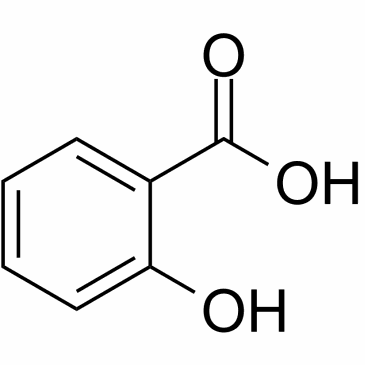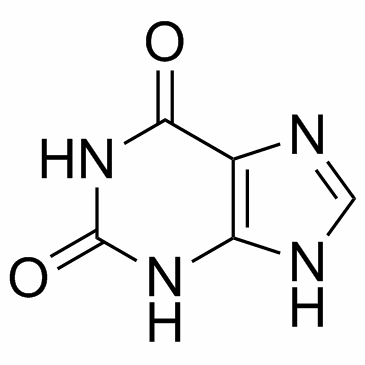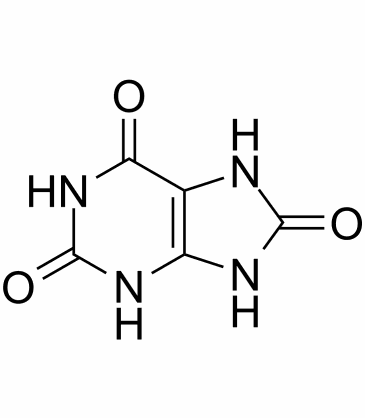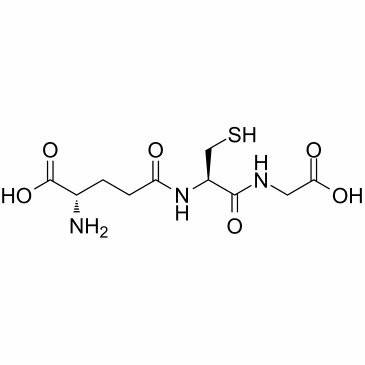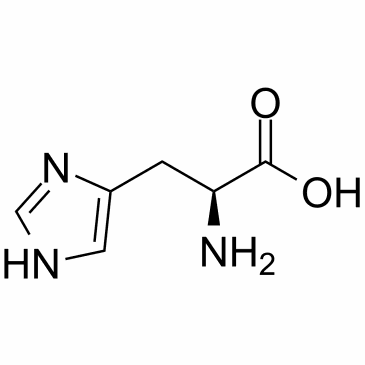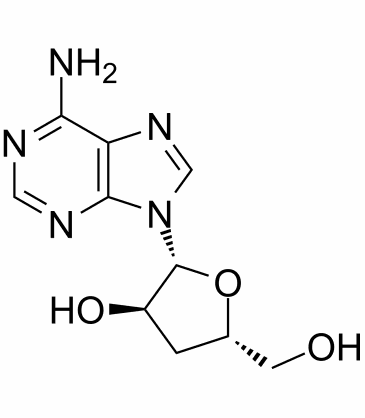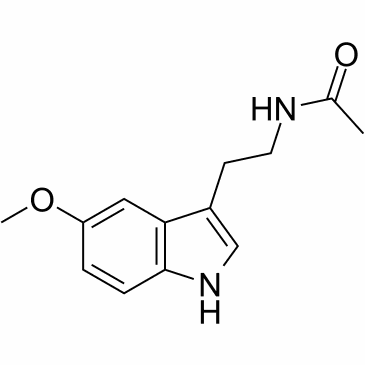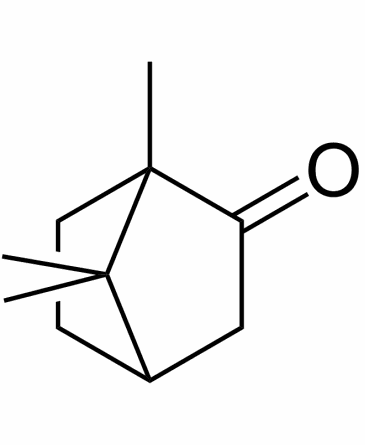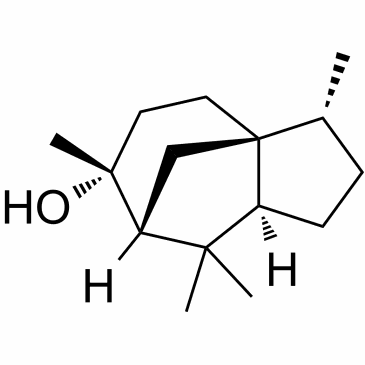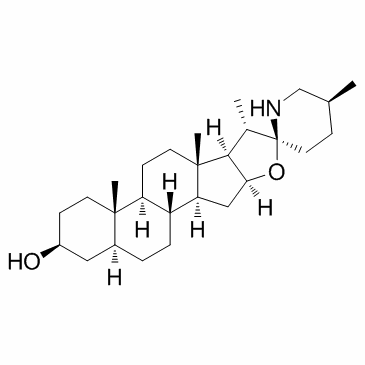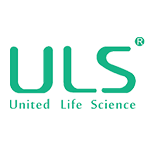Chemical structure
Cat.No.
Product Name
CAS no.
Target
YN330577 Glucosamine hydrochloride 66-84-2
Glucosamine is a natural constituent of glycosaminoglycans in the cartilage matrix and synovial fluid, also presents in the shells of shellfish, animal bones, bone marrow, and fungi. Glucosamine is commonly used as a treatment for osteoar...
YN321488 Fluocinolone (Acetonide) 67-73-2
Fluocinolone Acetonide is a corticosteroid that binds to the cytosolic glucocorticoid receptor.
Hydroxyzine, a benzodiazepineantihistamineagent, acts as an orally activehistamine H1-receptor and serotonin antagonist. Hydroxyzine has anxiolytic effect and can be used for the research of generalised anxiety disorder.
YN251292 Amodiaquine dihydrochloride 69-44-3
Amodiaquine Hydrochloride is the hydrochloride salt of amodiaquine with antimalarial and anti-inflammatory properties.
YN330406 Salicylic acid 69-72-7
Salicylic acid is a beta hydroxy acid that occurs as a natural compound in plants which is an inhibitor of ethylene biosynthesis and cyclooxygenase activity.
YN330503 L-Glutathione reduced 70-18-8
Glutathione acts as an antioxidant, a free radical scavenger and a detoxifying agent. It is a tripeptide comprised of three amino acids (cysteine, glutamic acid, and glycine) present in most mammalian tissue.
L-Histidine is an essential amino acid for infants. L-Histidine is an inhibitor ofmitochondrial glutamine transport.
Cordycepin is an adenosine analogue, which is readily phosphorylated to its mono-, di-, and triphosphate intracellularly. It has a very potent anti-cancer, anti-oxidant and anti-inflammatory activities.
YN321547 Triamcinolone (acetonide) 76-25-5
Triamcinolone acetonide is a synthetic glucocorticoid, used in the symptomatic treatment of inflammation.
Tomatidine acts as an anti-inflammatory agent by blockingNF-κB and JNKsignaling. Tomatidine activatesautophagyeither in mammal cells orC elegans.
Citric acid is a weak organic acid that occurs naturally in citrus fruits. It is an intermediate in the citric acid cycle.
YN373113 D-(-)-Quinic acid 77-95-2
Quinic acid is a crystalline acid obtained from cinchona bark, coffee beans, and other plant products and made synthetically by hydrolysis of chlorogenic acid.
TELL : +86-020-82000279
Add:Room 519, Block F, Guangzhou International Business Incubator, No.3 Lanyue Road, Science Town, Huangpu District, Guangzhou, China.


